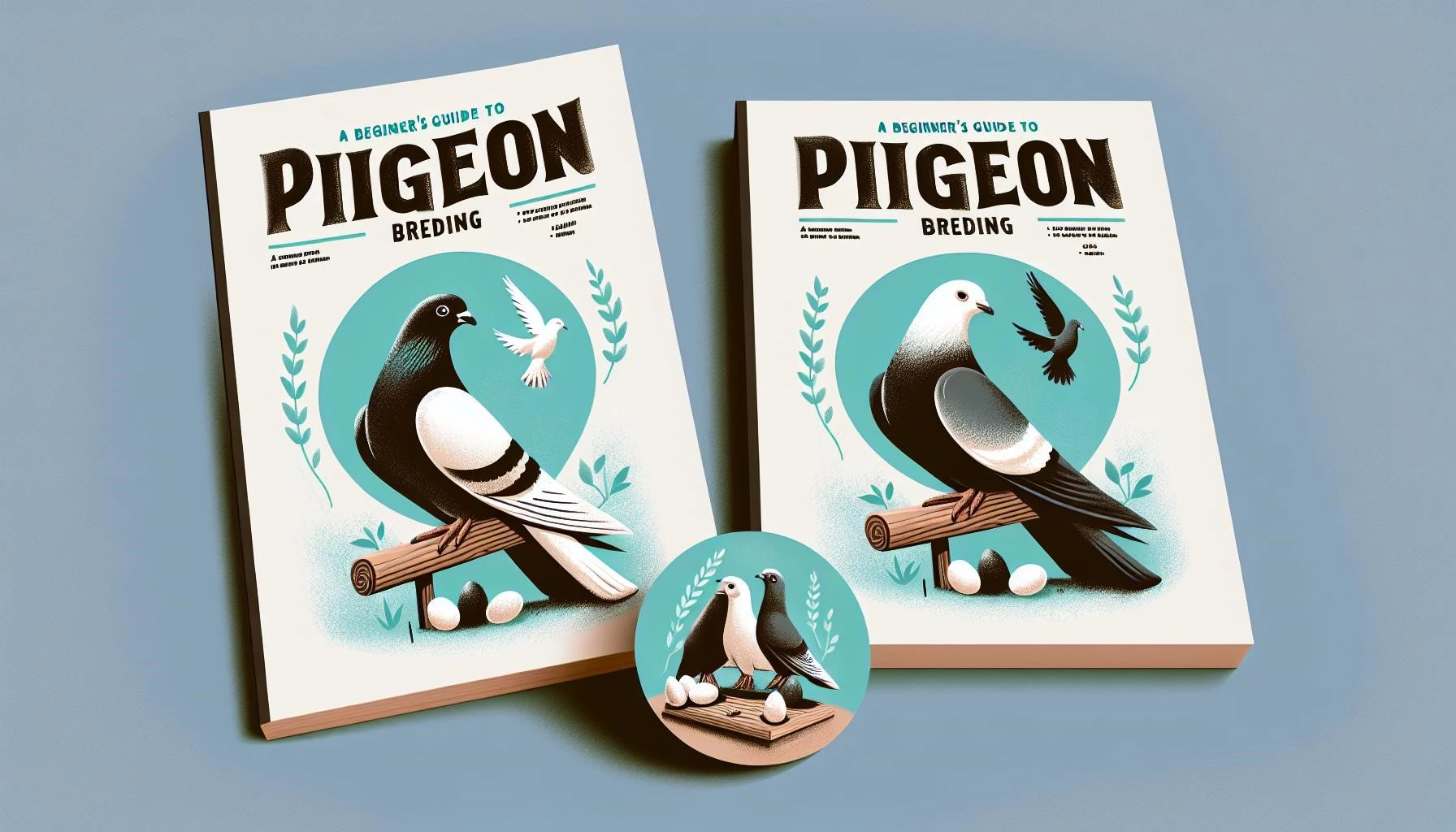The Mulhouse Pigeon, also known as Pigeon Mulhousien, is a breed of domestic pigeon that is part of the Utility pigeons type. This breed is known for its high productivity levels, which originally classified it as a broiler pigeon. The Mulhouse Pigeon is one of the many breeds of domestic pigeons, all of which are descendants of the wild rock dove (Columba livia).
Origin and History
The Mulhouse Pigeon, like other utility breeds, was developed for its meat production capabilities. These pigeons were selectively bred to yield a higher quantity of meat, making them an important source of food. The history of domestic pigeons is deeply intertwined with human civilization, with pigeons being kept for food, as messengers, and for sport over thousands of years.
Physical Characteristics
Utility pigeons such as the Mulhouse Pigeon are characterized by their larger body size compared to other pigeon breeds. They have compact bodies and relatively small heads on short necks. The wings are typically long and broad, which is a common trait among many pigeon species. The breed’s physical characteristics are a result of selective breeding aimed at maximizing meat production.
Behavior and Temperament
Pigeons, in general, are known for their social nature and the Mulhouse Pigeon is no exception. They are gregarious birds that can adapt to living in a coop with other pigeons. Their temperament is typically calm, making them suitable for being raised in a domestic environment.
Breeding and Productivity
As broiler pigeons, Mulhouse Pigeons were valued for their ability to reproduce and grow quickly. They were bred to have a high yield of meat, which made them a popular choice for pigeon breeders looking for a profitable return on their investment. The breeding process focuses on selecting traits that enhance growth rate and meat quantity without compromising the health and well-being of the birds.
Diet and Nutrition
The diet of Mulhouse Pigeons, like other domestic pigeons, consists of seeds, grains, and legumes. A balanced diet is crucial for maintaining their health and productivity, especially when the pigeons are bred for meat production. Adequate nutrition is also important for breeding pigeons, as it ensures the health of both the parents and the offspring.
Habitat and Housing
Mulhouse Pigeons can be housed in a variety of pigeon coops or lofts. These structures provide shelter, protection from predators, and a place for the pigeons to nest and raise their young. The design of the coop should allow for proper ventilation, space for the pigeons to move around, and access to food and water.
Table of Key Data
| Feature | Description |
|---|---|
| Type | Utility Pigeons |
| Use | Originally bred for meat production (broiler pigeon) |
| Body Size | Large |
| Head | Small |
| Neck | Short |
| Wings | Long and broad |
| Temperament | Calm and social |
| Diet | Seeds, grains, legumes |
| Housing | Pigeon coops or lofts |
Interesting Facts
- The Mulhouse Pigeon is part of a larger group of utility pigeons, which were all bred with a focus on meat production.
- Pigeons have been domesticated for thousands of years and have served various roles in human societies, from messengers to sources of food.
- The breeding of pigeons like the Mulhouse for meat production is an ancient practice that dates back to the times of the Roman Empire.
- Pigeons are known for their homing ability, which is the instinctive ability to find their way back to their nest over long distances. This trait has been utilized by humans for sending messages across distances.






